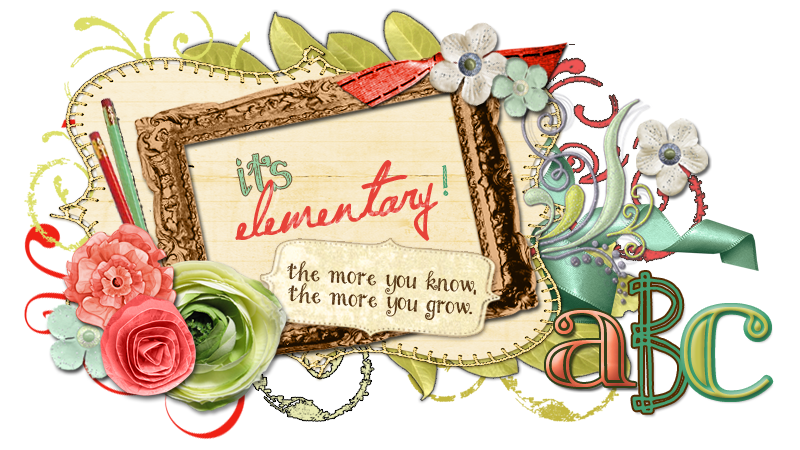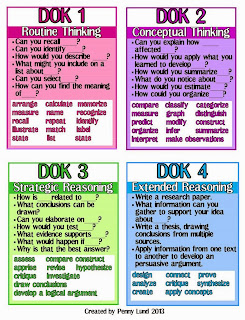Everybody is talking about RIGOR or asking, "What is rigor?" If you do any research on rigor, you will find that rigor does not mean difficulty. Instead rigor means the level of mental processing that must occur to answer a question, perform a task or generate a product. Two widely used measures of rigor are Bloom's Taxonomy and Webb's Depth of Knowledge Levels. Both measures of rigor go from the simple to the complex. Karen Hess' Cognitive Rigor Matrix integrates these models as a strategy for analyzing the level of teacher lessons and assessments. Bloom's verbs indicate the level of performance or the level of questioning. Webb's Depth of Knowledge focuses on the complexity of standards in order to successfully complete an assessment or a task. The outcome (product) is the focus of the depth of understanding.
In my district, we have been using Karen Hess' Cognitive Rigor Matrix to map out our learning events in our UbD units This matrix allows you to map out your lessons and assessments to ensure a balance at all levels. Certainly there is a place for recall and reproduction or routine thinking, but this matrix can be used for "tweaking" some of our lessons to make them more rigorous. When you unpack the Common Core Standards, look at the verbs and align the standard with the level of Bloom's taxonomy. Then check out what follows the verb to indicate the level of understanding. What comes after the verb is more important than the verb itself. For example,
DOK 1 Describe three characteristics of metamorphic rocks.
DOK 2 Describe the difference between metamorphic and igneous rocks.
DOK 3 Describe a model you might use to represent the relationships
I am attaching a link to my free flipchart on DOK in the Content areas on TPT.
You can also download my free Depth of Knowledge posters for your classroom.




